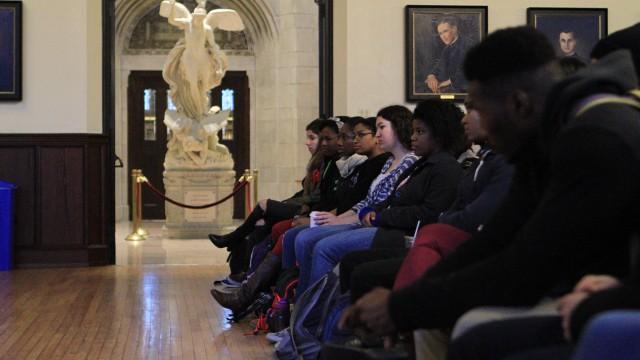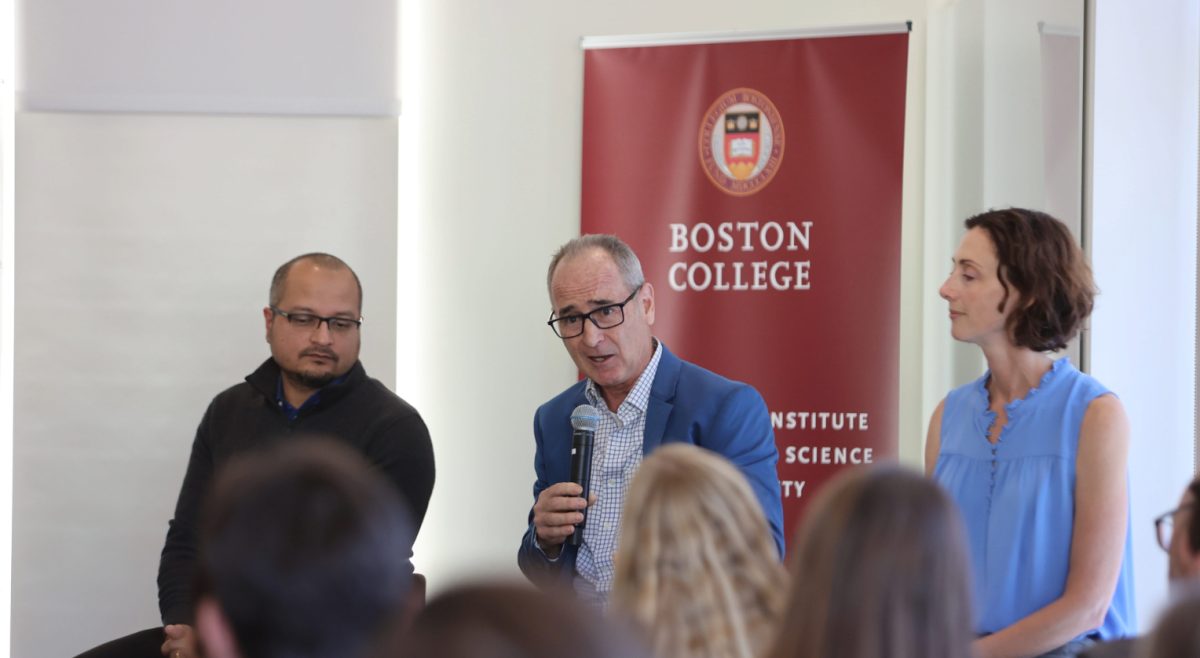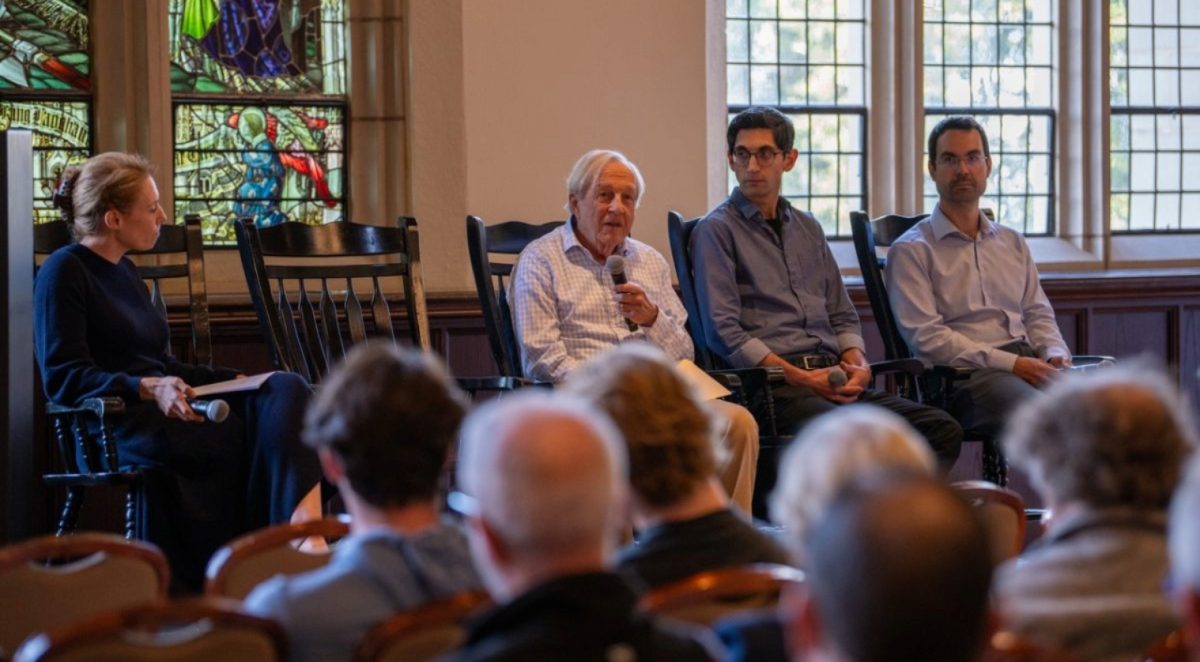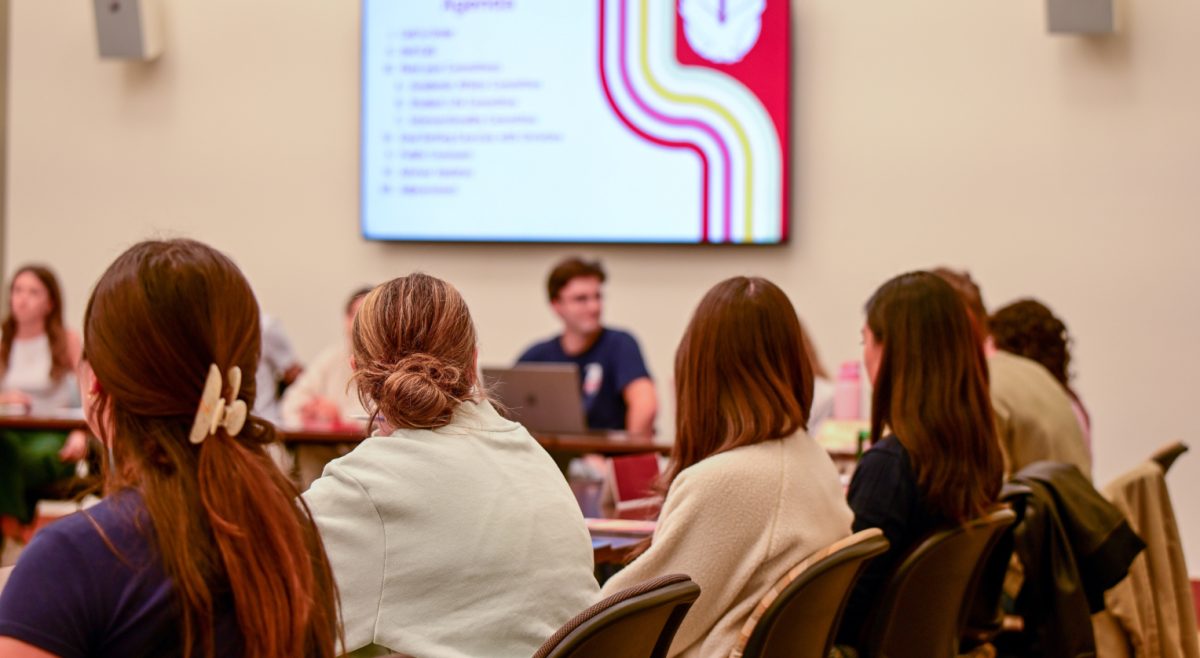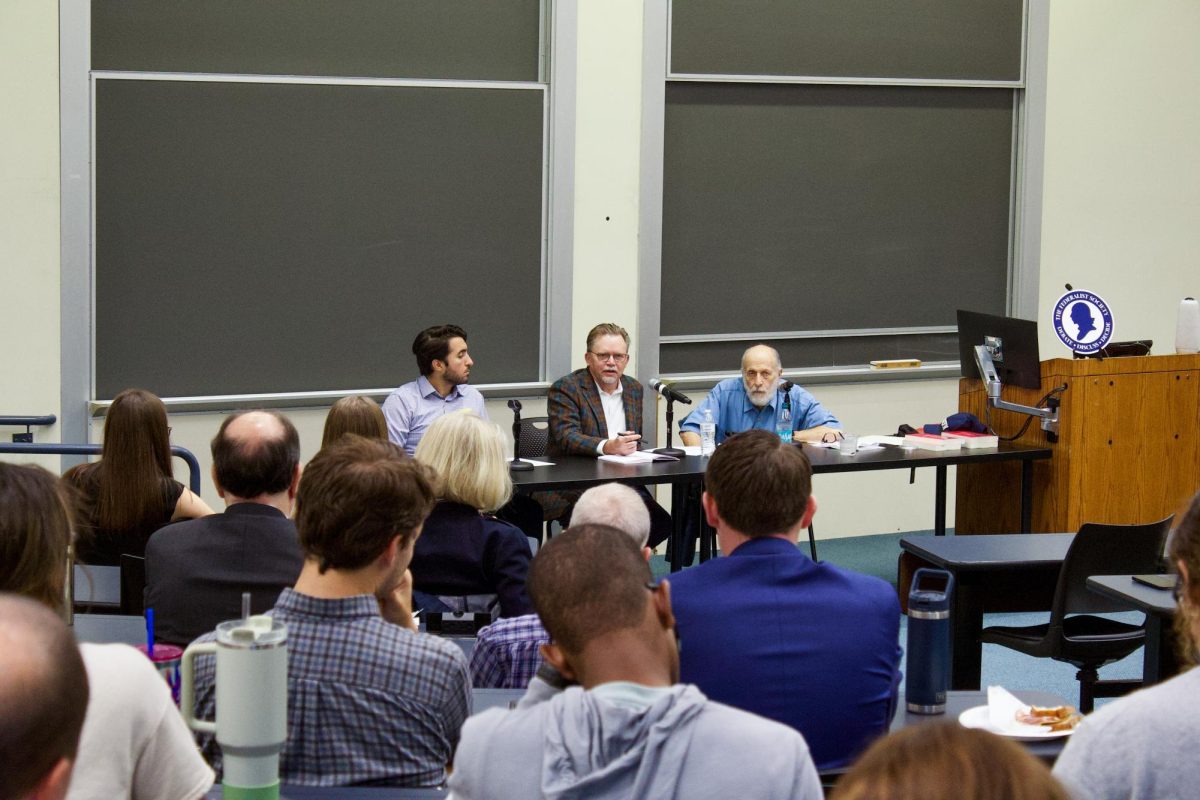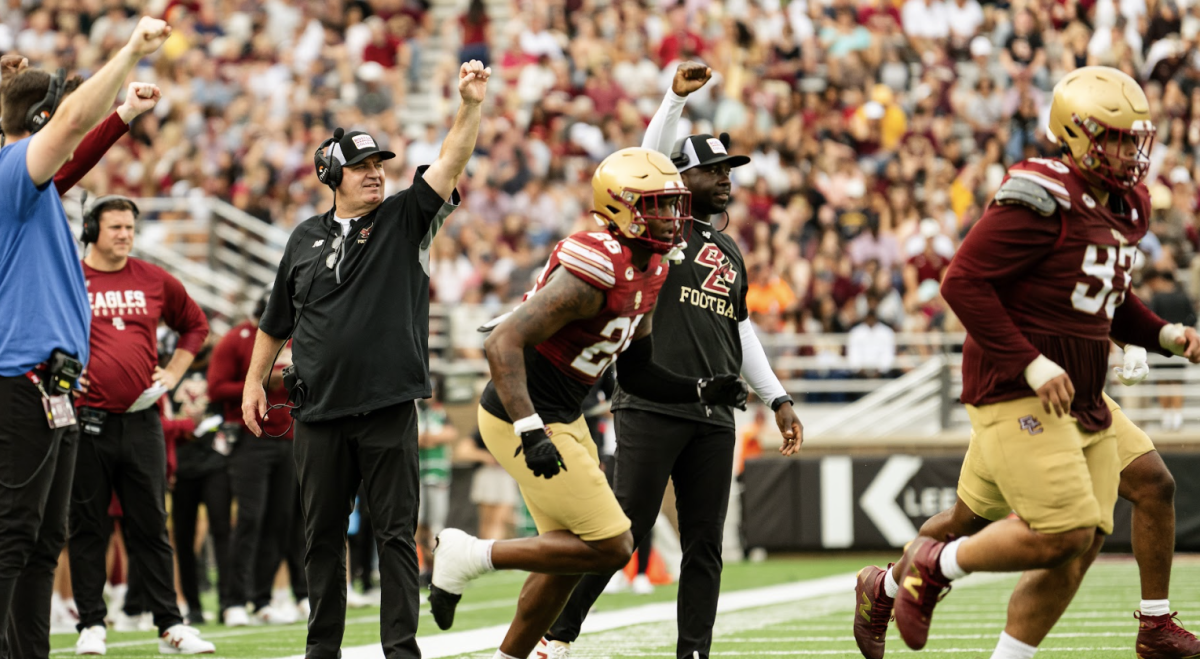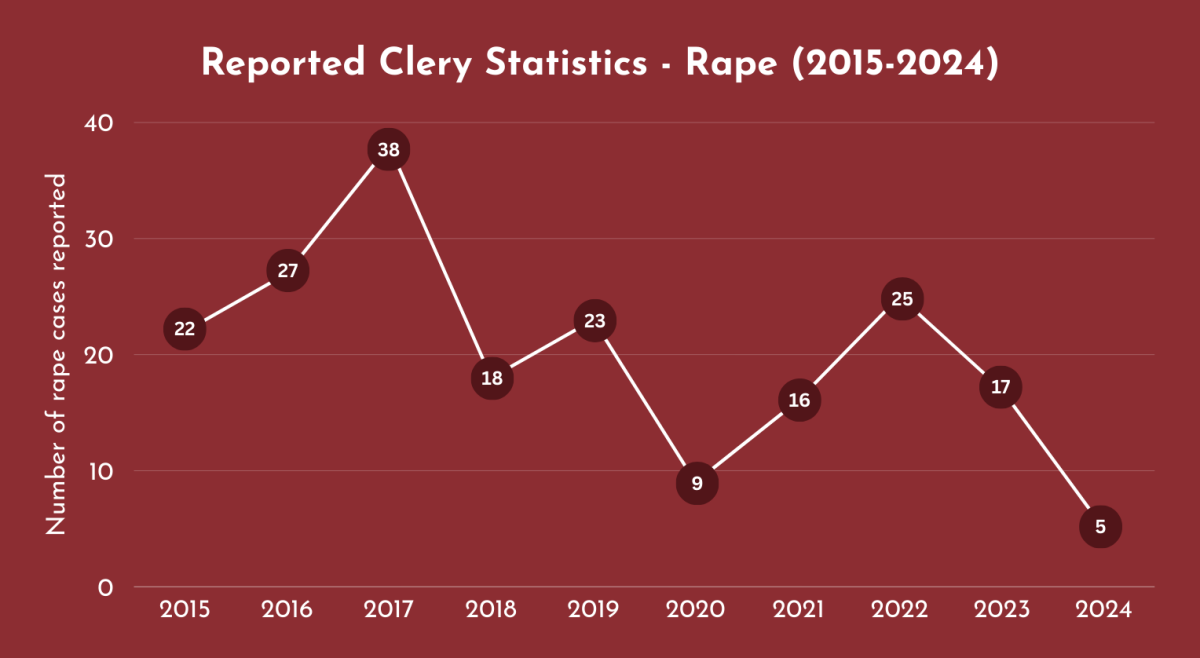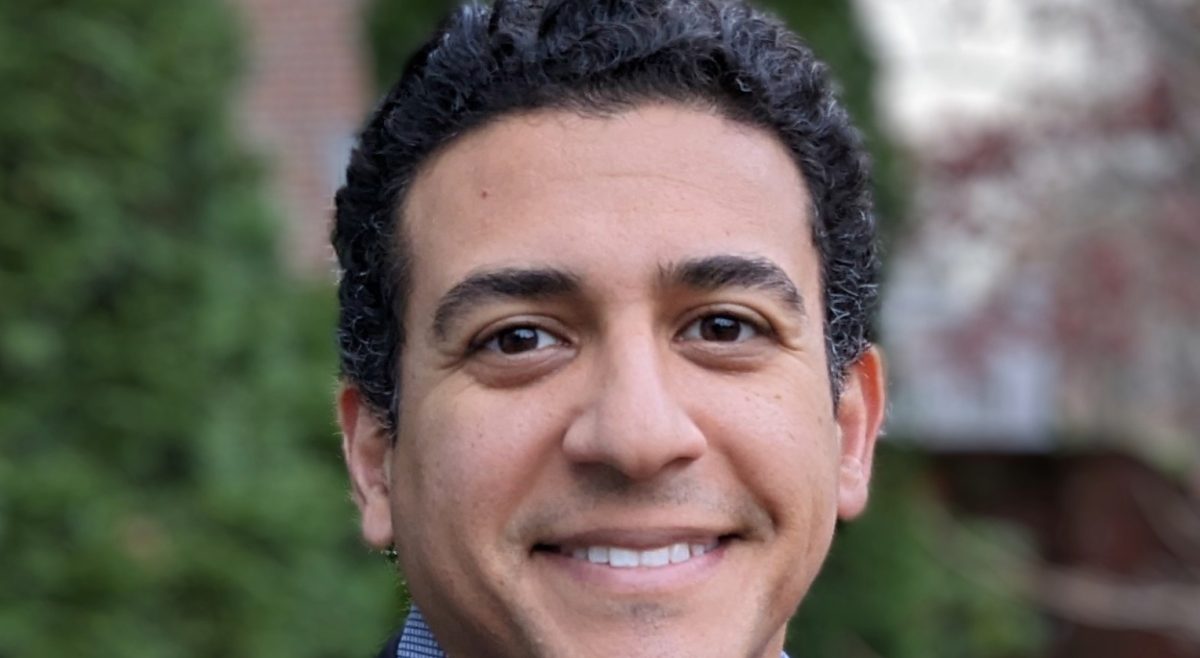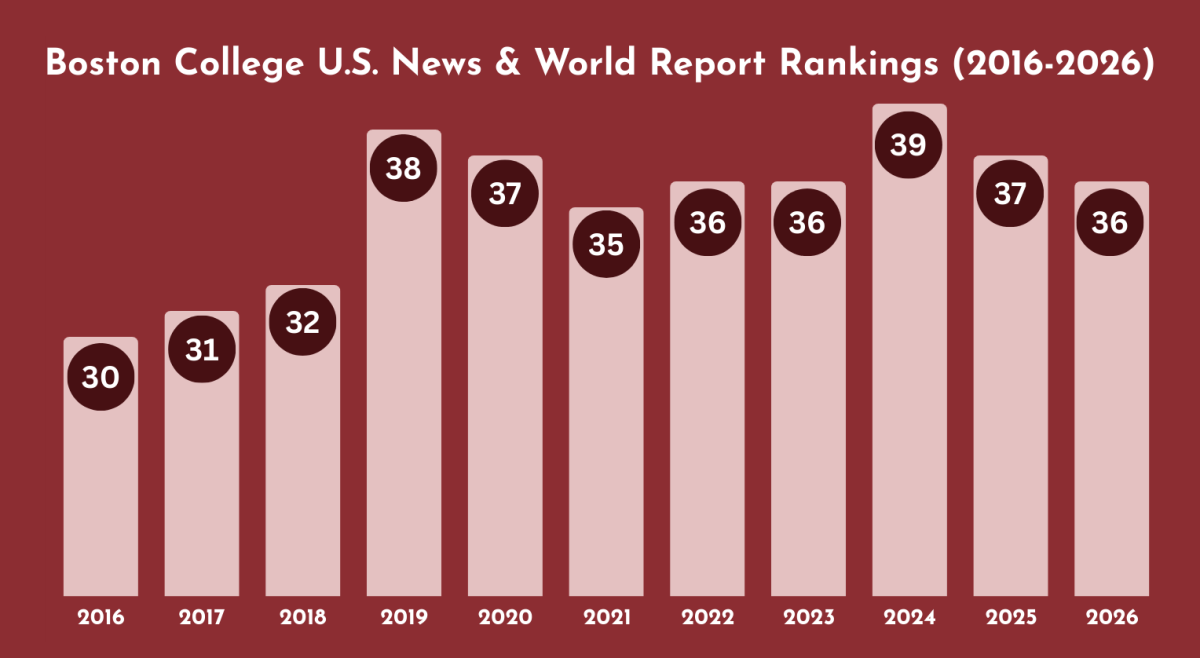In Lewis Carroll’s Through the Looking Glass, the Red Queen says to Alice: “It takes all the running you can do to keep in the same place.” That’s how Patricia DeLeeuw describes the University’s recruitment and retainment of AHANA faculty, a trying and competitive process.
“We not only have to run very fast to keep the number of AHANA faculty where it is, but to grow it we have to run very fast, and we’ve been—I’m pleased to say—running fast over the past 15 years,” said DeLeeuw, vice provost for faculties within the Office of the Provost and Dean of Faculties.
As of Oct. 1, data from the Office of Institutional Diversity showed that there were 828 full-time AHANA faculty employed across seven schools within the University, making up 16 percent of the total faculty. Of the part-time faculty, there were 701 AHANA faculty members, making up 14 percent of the total.
DeLeeuw noted that when she began this position in 2000, AHANA faculty composed 11 percent of the total faculty. Since 2000, the University has had an increase of nearly 200 full-time faculty members.
This steady growth in full-time faculty has been met with the hiring of AHANA faculty at a higher rate to match this growth. This year, of the new permanent faculty hired across the University, 28 percent were AHANA. The rate of AHANA hires oscillates between 25 and 33 percent depending on the year, DeLeeuw said.
“Now, 11 percent to 16 percent doesn’t sound so dramatic, but when you think about the fact that the pool has grown over this 15-year period as well, it’s an achievement,” DeLeeuw said.
A renewed concern with institutional diversity comes at a time when race and race relations are at the forefront of the discussions on college campuses nationwide. The nation has seen a wave of protests and student activism across universities, including Yale University, University of Missouri, Dartmouth University, and BC.
The executive council of the Undergraduate Government of Boston College called for the University to provide a comprehensive plan to address institutional racism and inequality. The University responded with a Letter to the Editor from the Provost Office and Student Affairs, stating the administrative commitment to “ongoing discussion, reflection, and action in the hopes of making BC the best university it can be.”
Last Wednesday, students staged a sit-in to address problems of diversity within University faculty and leadership as part of a campaign led by the AHANA Leadership Council (ALC). The next day, 61 faculty and staff members published a Letter to the Editor through The Heights to offer public support for students challenging institutional racism at BC.
For DeLeeuw, much of this work happens behind the scenes, as University leadership works silently and diligently toward achieving a more diverse faculty, she said.
“In our quiet way, we do everything we can,” DeLeeuw said.
While peer institutions have similar percentages on the composition of faculty of color, few are taking strategic action to address the issue. Brown University recently outlined a 10-year, $100 million plan to create a more inclusive and diverse faculty in order to better reflect the diversity of the nation, with the goal of doubling the number of faculty from historically underrepresented groups by the 2024-25 academic year. BC has not outlined any similar, strategic plan.
“It’s not in our nature to set goals like this, especially since when you can’t meet them—who knows what the world is going to be like in five or 10 years?” DeLeeuw said. “So, no, we don’t have specific targets—we just keep at it every year.”
“If students of colors can see people like themselves, and, frankly, if majority students—white students—can see faculty who don’t look like them, you really get a quality education.”
In her role as vice provost for faculties, DeLeeuw works closely with the deans of the seven schools, who in turn work closely with their department chairs. The hiring of full-time and part-time faculty is an activity within the departments. As an administrator, DeLeeuw can encourage departments to consider diversity when hiring, but administrative leadership does not have direct jurisdiction over whom they hire.
“We, in central administrative offices, can say to departments, ‘You should, you must,’” DeLeeuw said. “But, I can’t do the hiring for the math department or the accounting department— that is done within the department. I can encourage and reward if they find AHANA candidates, but the work goes on in the departments.”
The hiring process for full-time faculty positions begins with hundreds of applicants who undergo two winnowing process. The first one includes the interviewing of 10 to 15 prospective candidates, generally conducted at a meeting of a professional association. From that pool of 10 to 15, three are invited to campus for one to two days of interviewing, when they meet with students, faculty, and the appropriate dean. The dean then, in conversation with the department, chooses among them.
As for part-time and adjunct faculty, the hiring process is done solely by the department. Staff is hired by human resources.
“We [the central administration] encourage them, through the process, to make sure they have a diverse pool of candidates,” DeLeeuw said. “If they find an underrepresented faculty, especially African-American faculty candidates, we do everything we can to make sure that those traditionally underrepresented faculty members are in the final pool of candidates that come to campus, and then we try to make sure that we get them hired.”
DeLeeuw noted the most recent AHANA faculty hire was an African-American full time faculty member in marketing. Another candidate, an African-American prospective hire in sociology, has yet to accept the University’s offer.
Ultimately, the pool of AHANA faculty candidates is traditionally limited, and most peer institutions are hiring from the same graduate programs, DeLeeuw said. Within that pool, the few candidates from traditionally underrepresented backgrounds are highly sought after by other institutions, as nearly every institution in the country is actively trying to diversify faculty. In the case of another African American prospective candidate in marketing, the candidate had 15 offers from other higher institutions.
“It’s a pipeline problem,” DeLeeuw said.
In order to remain competitive, in some cases departments allow for two offers to be made to prospective AHANA candidates, as was the case for the marketing and sociology hires. The departments also work with the Office of Institutional Diversity to advertise in periodicals and publications targeted at doctoral students and faculty of color.
Though there is no strategic plan in place to address diversity in faculty, as Brown has done, DeLeeuw said that University administration, deans, and departments hope to continue to do the slow, hard work they are doing in actively recruiting and competitively hiring faculty of color.
“It’s important that we all continue to talk to one another about this and continue to talk to one another with civility about these things, because we may have different ideas about how to get there, but we owe to it ourselves and to our students to have a diverse workforce, a diverse faculty,” DeLeeuw said. “If students of colors can see people like themselves, and, frankly, if majority students—white students—can see faculty who don’t look like them, you really get a quality education. This is really still fundamentally about education, and the more diverse our faculty, the more diverse our student body, the better the education we offer is.”
Featured Image by Julia Hopkins / Heights Staff

